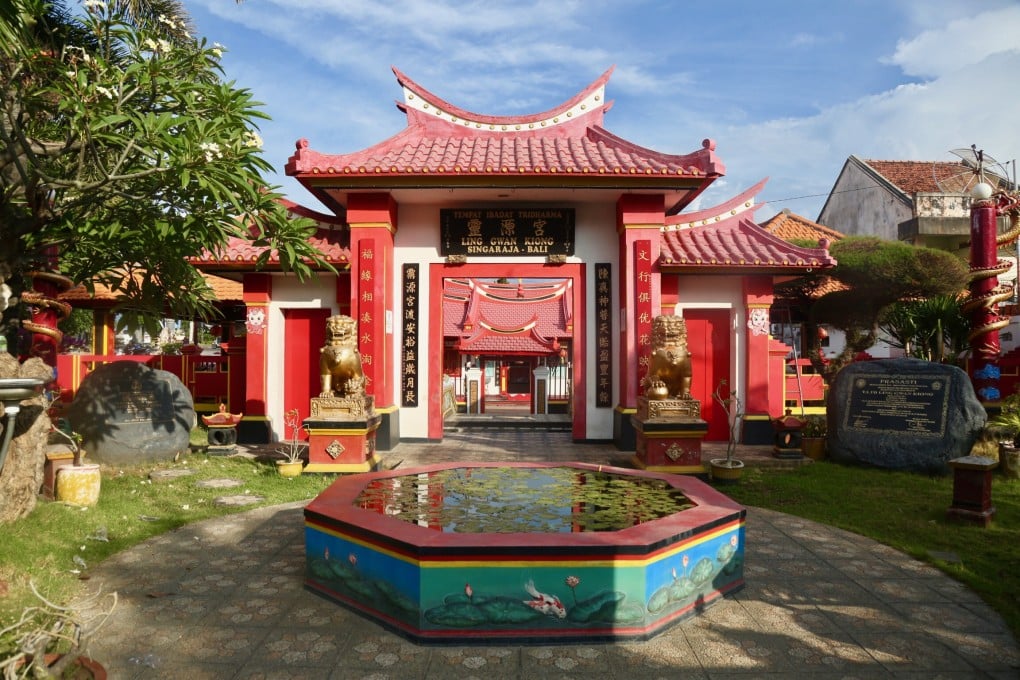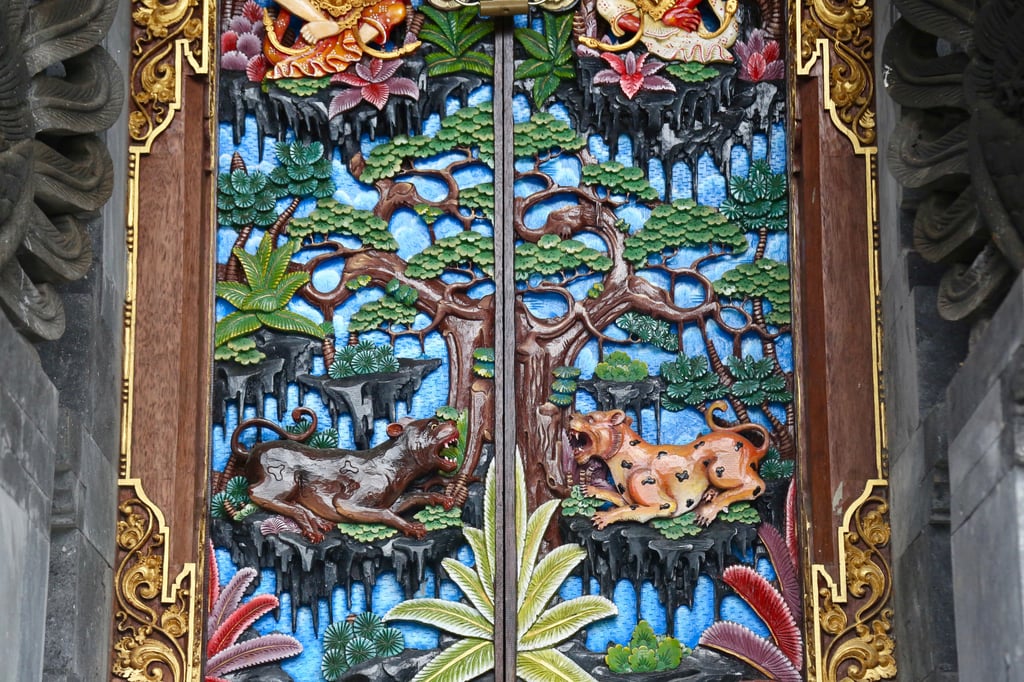Bali’s Chinese temples and the tragic love story behind Balinese Hinduism that marked the joining of two great Asian dynasties
- The tale of a Balinese king and a Chinese beauty drove one traveller to discover more at the Indonesian island’s ornately kitsch Chinese temples
- Believed to be mostly true, the story set the stage for the incorporation of Buddhism and Chinese culture into Balinese Hinduism

In the great pantheon of Balinese folklore, few stories are more endearing – or have greater geopolitical significance – than that of King Jayapangus and his wife, Kang Ching Wie.
According to inscriptions, the king became infatuated with the Chinese beauty after she arrived on the Indonesian island aboard a merchant ship owned by her father sometime in the 12th century. Despite objections from priests whose role it was to uphold traditions and who warned the relationship would turn sour, the king asked the merchant for his daughter’s hand in marriage. The merchant immediately acquiesced.
To mark the joining of the two great Asian dynasties, Jayapangus moved his palace to a village on the southwest rim of the Mount Batur volcano, in east Bali, and renamed it Balingkang – a portmanteau derived from the Balinese and Kang names.
But the priests’ prophecy rang true: Ching Wie did not conceive and Jayapangus was denied an heir to his throne. Frustrated, the king went on a pilgrimage to the shores of the island’s Lake Batur to seek answers.

There he came face to face with Dewi Danu, goddess of the lake, and produced a child with her – Prince Mayadenawa. But when Ching Wie came looking for her husband and the goddess learned of their marriage, Dewi Danu flew into a rage and turned both mortals into stone.